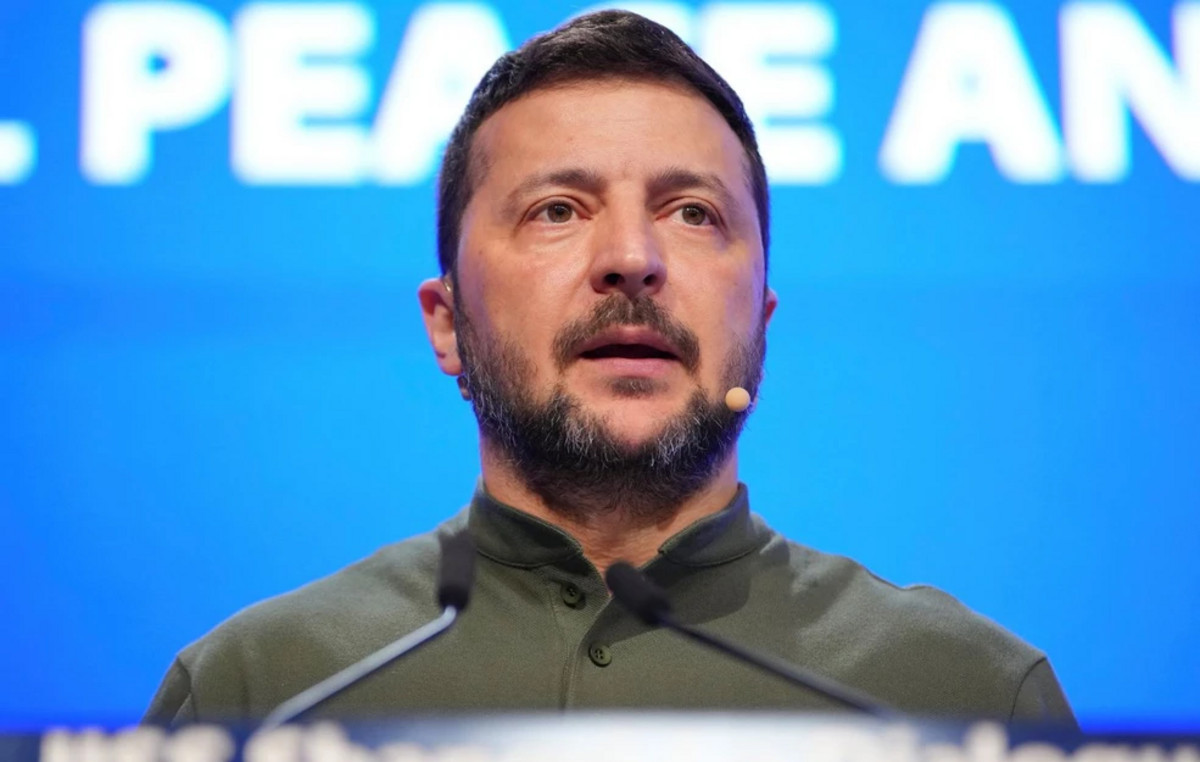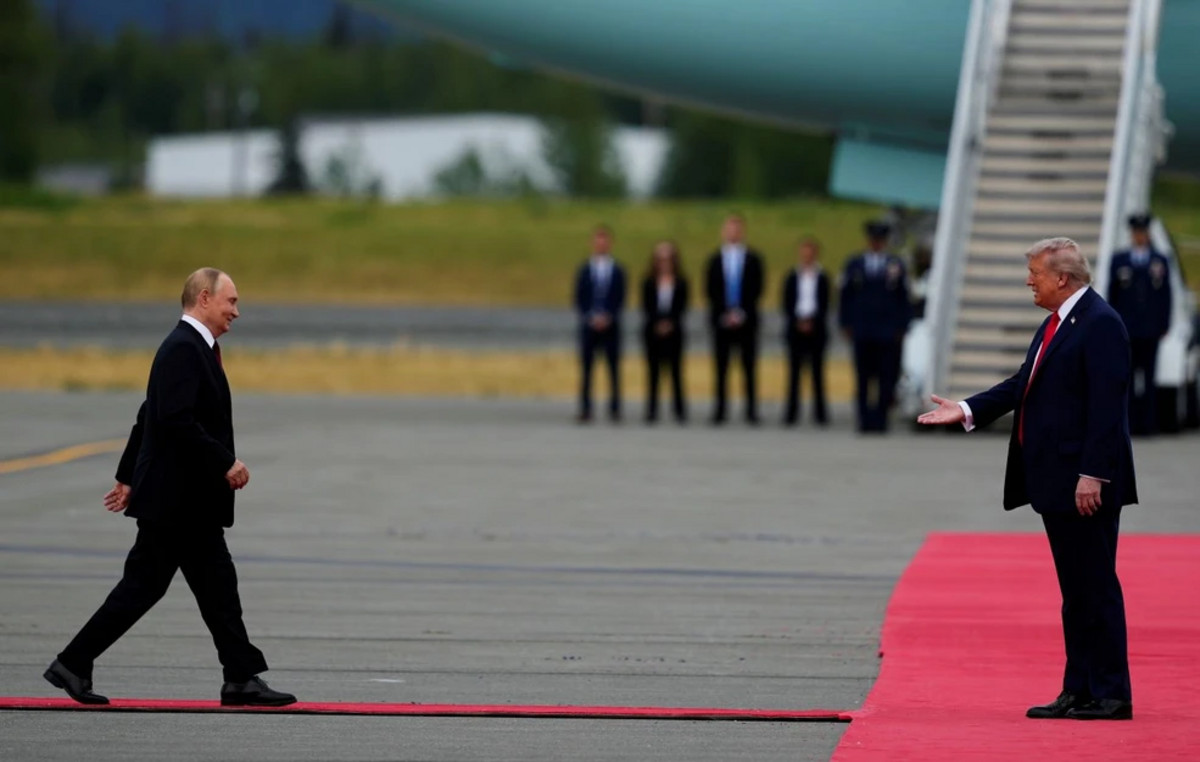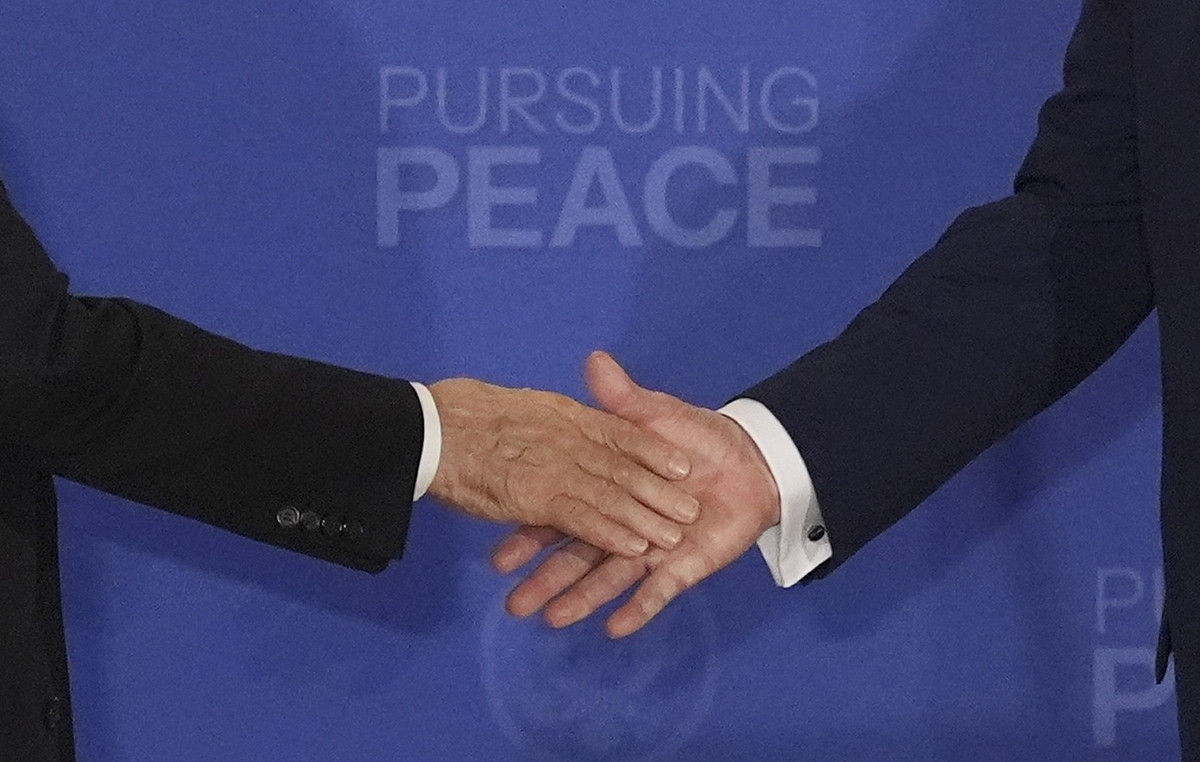Vale produced 307.79 million tons of iron ore in 2022, down 1.6% compared to the previous year, with an even greater decline in sales, given delays in licensing in Serra Norte and operational performance at the important mine S11D, in Pará, informed the mining giant this Tuesday (31).
The volume was below the company’s recently revised target for the year of 310 million tons, data from the company’s quarterly production and sales bulletin showed.
The drop was partially offset, however, by a continuous advance in production at Vargem Grande and higher production via dry processing at Brucutu, both assets in Minas Gerais, in addition to greater purchases from third parties, scored Vale.
Commodity sales totaled 260.66 million tons last year, down 3.8% compared to 2021.
Pellets production, in turn, totaled 32 million tons in 2022, an increase of 1.3% compared to the previous year, with a better mix of direct reduction pellets (49% of total production vs. 41 % in 2021), “leveraged by higher quality feed and taking advantage of higher market premiums”.
The volume of pellets produced, however, was also slightly below the target for the year, which indicated 33 million tons.
Vale has reinforced its strategy to focus more on value than quantity, seeking to advance in the production of products with greater added value.
Iron ore production in the fourth quarter of 2022 was 80.85 million tons, down 1% from the same period of the previous year and down 9.9% compared to the third quarter.
Sales of ore in the last quarter of last year totaled 81.20 million tons, down 0.7% compared to a year earlier, but up 24.2% compared to the third quarter, with momentum conversion of inventories formed in the previous quarter into sales.
Base Metals
On the base metals side, Vale totaled nickel production of 179 thousand tons in 2022, up 6.4% compared to the previous year, mainly explained by the stabilization of operations after work stoppage in Sudbury, Canada, in 2021, as well as the consistent and strong performance in Onça Puma, in Pará, said Vale.
Vale’s forecast was to produce 180 thousand tons of nickel last year.
Metal sales totaled 180.8 thousand tons in 2022, down 0.5% compared to the previous year.
In the fourth quarter, nickel production totaled 47.4 thousand tons, down 1.3% compared to a year earlier and 8.5% down in comparison with the previous quarter. Sales totaled 58.2 thousand tons, an increase of 30.2% in comparison with a year before and an increase of 31.4% in comparison with the previous quarter, also due to the conversion of inventories.
The metal is also a key raw material for the booming electric vehicle industry, where it is used to manufacture batteries. Vale has closed contracts to supply nickel to major automakers, including Tesla and General Motors.
The company’s copper output was down 14.7% to 253,000 tonnes in 2022, due to extended maintenance at the Sossego mill during the first half of the year, and additional maintenance required at both Sossego and Salobo.
Vale’s forecast was to produce 260 thousand tons of copper last year.
“These events were partially offset by higher production in Canada due to the stabilization of the Sudbury mines and the recovery of copper from structures containing copper precipitates in Thompson, reducing waste as part of our aligned approach to circular mining,” Vale said. .
Copper sales totaled 243.9 thousand tons in 2022, down 14.3%.
Source: CNN Brasil
I am an experienced journalist, writer, and editor with a passion for finance and business news. I have been working in the journalism field for over 6 years, covering a variety of topics from finance to technology. As an author at World Stock Market, I specialize in finance business-related topics.







